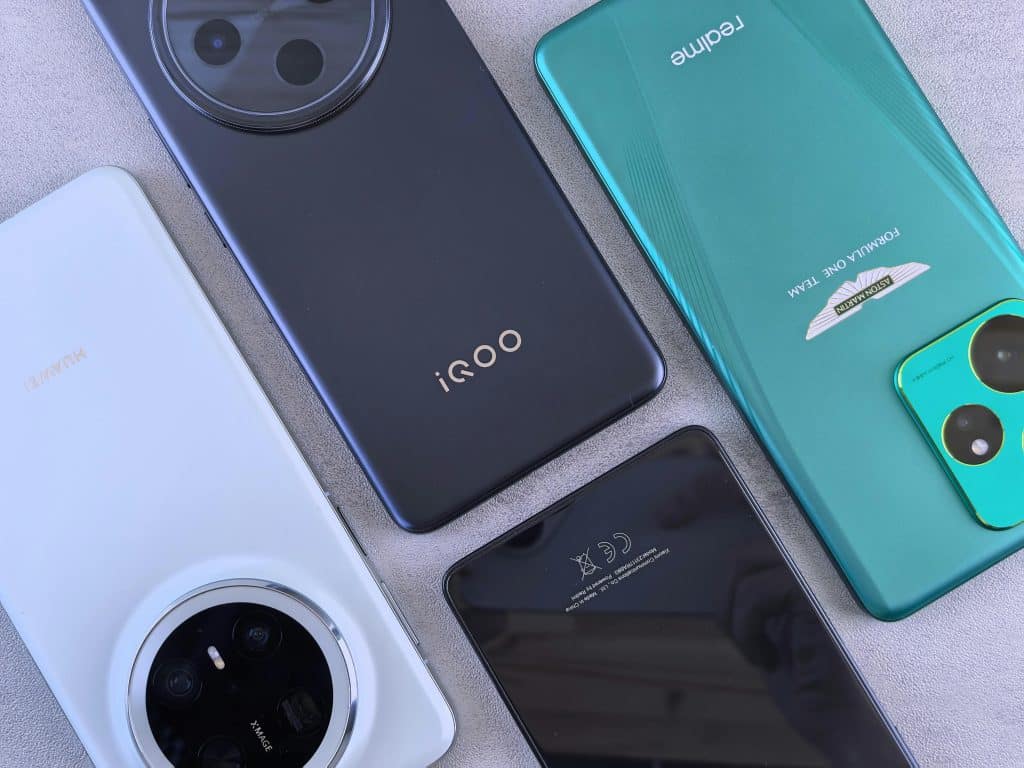In a world flooded with digital content, balancing what you consume (inputs) and what you produce (outputs) is more critical than ever. From social media scrolling to content creation, knowledge workers juggle an overwhelming amount of information while trying to stay creative and productive. The key to avoiding burnout and maintaining mental clarity lies in learning how to balance inputs and outputs in a digital age—a skill that’s emerging as a necessary competence for the modern era.
This post lays out the latest research, real-world patterns, and practical strategies to help you navigate the attention economy and strike a healthier creative equilibrium.

Why Finding Balance Is a Hot Trend
Attention Is Finite, Consumption Is Not
In today’s attention economy, your time and focus are scarce resources. As Lexie Kane from the Nielsen Norman Group explains, digital platforms are locked in a fierce battle for our limited attention, turning it into “the most valuable and contested resource of the digital age”.
Compounding the issue, users experience continuous partial attention—a state of hyper-aware scanning across platforms. Coined by Linda Stone, this behavior leads to stress, reduced productivity, and weakened focus. Without actively balancing what we take in and what we create, we risk mental exhaustion.
The Consumption‑Creation Imbalance
We Consume More Than We Create — And It Shows
In test scenarios, students and professionals often spend far more time consuming than producing. As shown by educators, this imbalance stunts creativity and stalls real progress. Jemma Jorel notes that “creation is a far more effective means to personal happiness and success,” but most people get stuck in a consumption rut.
Striking the right ratio between input and output isn’t just about feeling productive—it’s about sustaining creative momentum rather than simply amassing information.
Why Balance Matters for Creativity and Learning
Inputs Feed Creativity—but Outputs Cement It
Creativity isn’t passive. It thrives when consumption becomes critical and reflective. John Spencer highlights that the “best makers are also takers”—creative thinkers consume purposefully and convert ideas into original work.
From a learning perspective, active creation helps cement input. Writing, building, or teaching prompts deeper understanding and long-term memory consolidation—making you smarter, not just better informed.
Mental Well-being and Productivity
Overconsumption Breeds Distraction and Stress
Constant digital movement between platforms has measurable downsides. Multitasking is linked to decreased working memory, increased anxiety, and lower attention control. We’re drowning in stimuli but lacking the focus to process anything meaningfully.
Outputs Provide Agency and Flow
Creating—whether writing, coding, or designing—aligns with psychological needs for autonomy and competence. It helps anchor our attention, giving us a buffer against impulsive distraction. In 2025, as AI handles routine processing, our capacity to produce becomes the defining marker of human intelligence.
Busy Professionals: Emerging Needs and Patterns
New Tools, Old Problems
Products like RescueTime and Freedom highlight how consumption can outpace creation quickly—and how hard it is to back out. Educators and creators now measure not just screen time but creation-to-consumption ratios, aiming for a healthier mix.
Digital Sabbaticals Are Rising
From company-wide “No Meeting Mondays” to TikTok-free zones, professionals and startups are experimenting with calendar-based discipline. These models encourage co-creation time and deeper thinking, resisting attention-sapping fragmentation.
How to Balance Inputs and Outputs in a Digital Age
Here’s a practical, step-by-step guide to establishing a healthier digital rhythm:
1. Audit Your Current Ratio
Start by tracking your time:
- How many minutes do you passively consume (social media, news)?
- How many minutes do you actively create (writing, coding, researching)?
Aim for at least a 1:1 ratio—but 2:1 or higher creation time is often ideal.
2. Schedule Creation‑First Times
Reserve early work blocks for creative output. Let discussion, skimming, or feedback take the back seat until after these sessions.
3. Use Intentional Consumption Sessions
Set specific “input windows” during the day. Use tools like Pocket or RSS to batch consume content at those times—not continuously.
4. Convert Inputs Into Micro‑Output
Every time you consume something, turn it into a note, tweet, or sketch. Even a 10-second summary reinforces understanding and turns passive intake into active output.
5. Set “Distraction‑Free Creation” Zones
Block notifications or silo open tabs. Physical cues—like wearing headphones—help signal to yourself and others it’s time to focus.
6. Reflect and Iterate
Once a week, spend 10 minutes reviewing:
- What proportion of your week was consumption vs. creation?
- Did you feel energized or depleted?
- What adjustments can be made?
Reflecting sharpens awareness and improves future balance.
Why This Strategy Works
- Attention control: Scheduled creation sessions combat continuous partial attention.
- Enhanced learning: Producing deepens and prolongs information retention.
- Emotional agency: Creation builds confidence, agency, and accomplishment.
- Efficiency: You’ll notice you need less consumption to feel informed once outputs are consistent.
Conclusion
Mastering how to balance inputs and outputs in a digital age means reclaiming your focus, creativity, and well-being. Intentional habits—like scheduled creation sessions and mindful consumption—help fend off digital overload and steward your most valuable resource: attention.
In 2025 and beyond, platforms and AI will cater to consumption needs. But balance, reflection, and productivity require agency—something only you can cultivate. This guide gives you a clear, science-backed path toward a healthier digital life.
References
- UC San Diego. (2021). How Much Information? 2021 Report. https://cws.ucsd.edu/sites/default/files/CWS-Digital-Universe-2021-Report.pdf
- Willingham, D. T. (2009). Why Don’t Students Like School? American Educator. https://www.aft.org/ae/summer2009/willingham
- American Psychological Association. (2006). Multitasking Media Use Can Increase Stress. https://www.apa.org/news/press/releases/2006/04/multitasking
- Kleon, A. (2014). The Difference Between Thinking and Consuming. https://austinkleon.com/2014/04/15/the-difference-between-thinking-and-consuming/









